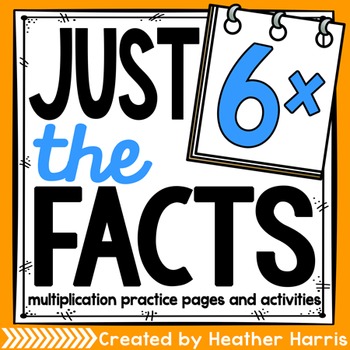
Students figure out the 9s multiplication facts by “building down” from a known 10s fact. Now, on to the strategies… Introduce the 6s and 9s Strategiesīegin by using cards like the ones shown below to help students visualize the relationship between the nines and tens facts and relationship between the sixes and fives facts. Partitions quantities efficiently? Check!.Visualizes quantities with arrays? Check!.Fluent with tens and fives facts? Check!.With the right foundation and the multiplication strategies described in this article, they can be a breeze! Let’s start with the foundation. The 6s and 9s multiplication facts are sometimes considered harder to learn than the other basic facts.

Slowing down to type numbers into a calculator will actually cause them quite a bit of frustration-so a little hard work upfront will prevent problems in the future.The nines and sixes multiplication facts are a breeze with the build-down and build-up strategies! Additionally, multiplication lays the foundation for division, algebra, and many other concepts that will come down the road as they get older. (Think of shopping, bill paying, taxes, investments, loans, etc…). Multiplication is a necessary life skill, and your children will need to calculate daily mental math with speed to make quick decisions. This is actually a great question! With the world at our fingertips, and the calculators in our pockets, why even teach multiplication facts to begin with? For me personally, as a homeschooling mom, the answer was simple: LIFE. However, in more formal learning programs, students begin multiplication table memorization in the 3rd grade.

Students as young as kindergarten can start practicing their x10 facts as soon as they can count to 100, because they are able to recognize simple number patterns on the hundreds chart. Learning multiplication times tables doesn’t have be for older students only.


 0 kommentar(er)
0 kommentar(er)
